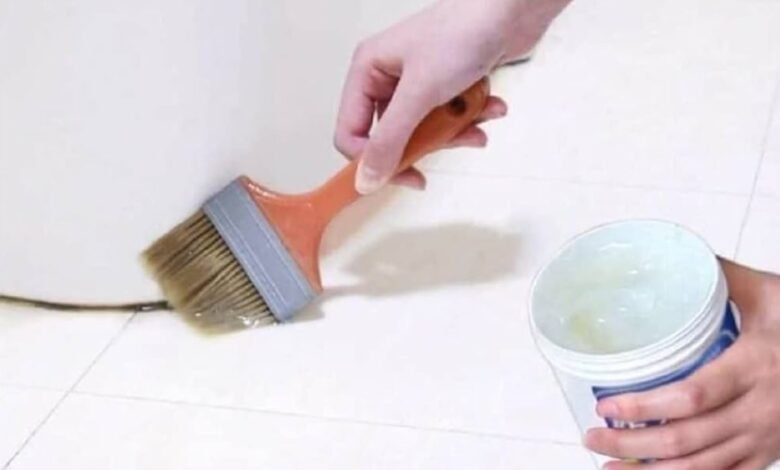Exploring the Role of Brush Seals in Preventing Leakage

Brush seals play a crucial role in preventing leakage in various engineering applications. They are commonly used in gas turbine engines, aerospace systems, automotive components, and industrial machinery. Brush seals are designed to create a barrier between two surfaces while allowing for relative motion. This article will delve into the importance of brush seals, their applications, and how they effectively prevent leakage.
The Function of Brush Seals
Brush seals consist of a series of bristles that are packed tightly together and held in place by a metal casing. When installed between two surfaces, the bristles conform to the surface irregularities, creating a seal that prevents leakage of fluids, gases, or contaminants. The flexibility of the bristles allows for radial and axial movement, making brush seals ideal for applications where there is vibration or thermal expansion.
Applications of Brush Seals
One of the primary applications of brush seals is in gas turbine engines. They are used in the sealing system of turbines to prevent hot gases from escaping and ensure optimal performance. Brush seals are also found in aircraft engines, where they help reduce air leakage and improve fuel efficiency.
Brush seals are designed to maintain a tight seal between moving components in gas turbine engines, which helps to enhance overall engine efficiency and performance. Their ability to withstand high temperatures and rotational speeds makes them a popular choice for critical sealing applications in aerospace and other industries.
Effectiveness in Preventing Leakage
Brush seals are highly effective in preventing leakage due to their unique design and material properties. The bristles create a tight seal that can withstand high temperatures, pressures, and speeds. This makes brush seals ideal for high-performance applications where air or fluid leakage must be minimized. Overall, brush seals offer superior sealing performance and reliability in demanding industrial environments.
Advantages of Brush Seals
There are several advantages to using brush seals in sealing applications. One of the key advantages is their ability to maintain a consistent seal over a wide range of operating conditions. Brush seals are also more durable than traditional sealing methods, requiring less maintenance and replacement over time.
Furthermore, brush seals are able to conform to irregular surfaces, making them versatile for various sealing needs. They also have a lower leakage rate compared to other sealing options, which can improve overall system efficiency. Overall, the use of brush seals can result in cost savings, increased reliability, and improved performance in sealing applications.
Challenges and Considerations
While brush seals offer many benefits, there are some challenges to consider when using them. One challenge is the potential for wear and tear on the bristles over time, especially in high-speed or high-temperature environments. It is important to select the right material and design for the specific application to ensure optimal performance.
Additionally, brush seals can be prone to deformation under high pressure or due to contact with foreign objects. Regular maintenance and inspection are necessary to identify and address any issues promptly. Proper installation is also crucial to prevent leaks and ensure the longevity of the brush seal. Despite these challenges, with proper care and attention, brush seals can be an effective sealing solution for various applications.
Read also: Agricultural Needs: Benefits of Partnering with AGCO Dealer in Nebraska
Future Developments in Brush Seal Technology
As technology advances, there are ongoing developments in brush seal design and materials. Researchers are exploring new materials that can withstand even higher temperatures and pressures, expanding the potential applications of brush seals. Additionally, advancements in manufacturing processes are making brush seals more cost-effective and easier to integrate into existing systems.
Furthermore, improvements in computational modeling and simulation techniques are enabling engineers to optimize the performance of brush seals for specific applications, leading to increased efficiency and reliability. These advancements in brush seal technology are revolutionizing various industries such as aerospace, automotive, and power generation, where sealing performance is critical for overall system efficiency and longevity.
Overall, the continuous advancements in brush seal design, materials, manufacturing, and optimization techniques are driving the evolution of these sealing solutions toward higher performance, increased durability, and broader applicability in diverse engineering applications.
Conclusion
Brush seals play a critical role in preventing leakage in various engineering systems. Their unique design and material properties make them highly effective in sealing applications where traditional methods may fall short. By understanding the function, applications, and advantages of brush seals, engineers and designers can leverage this technology to improve the performance and efficiency of their systems.





